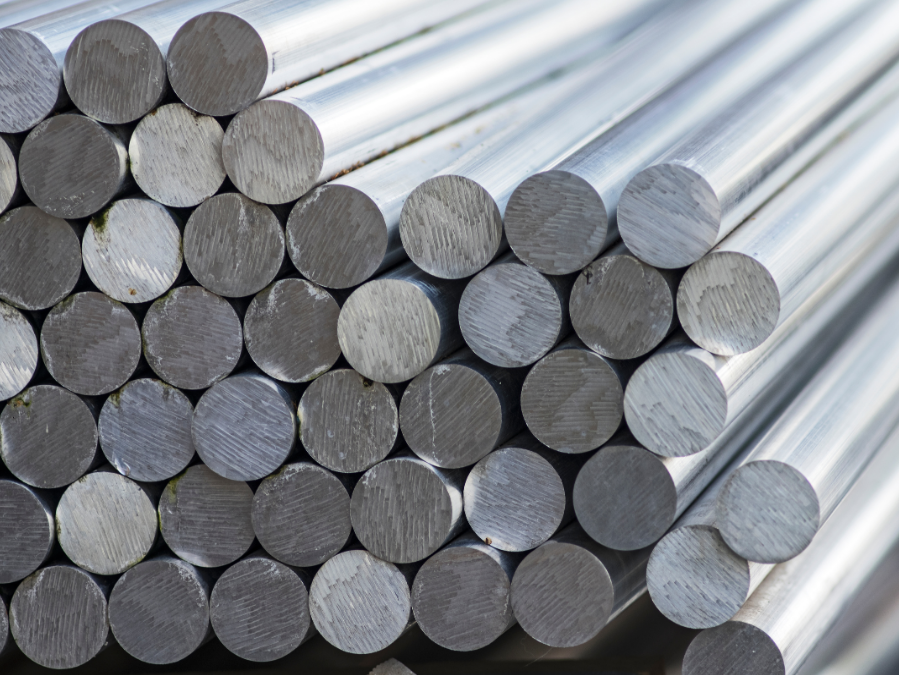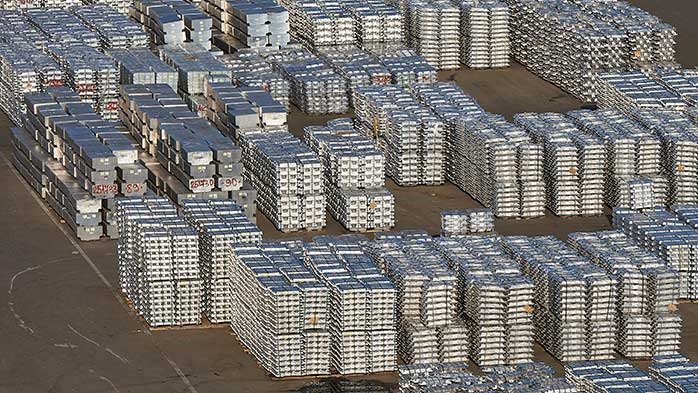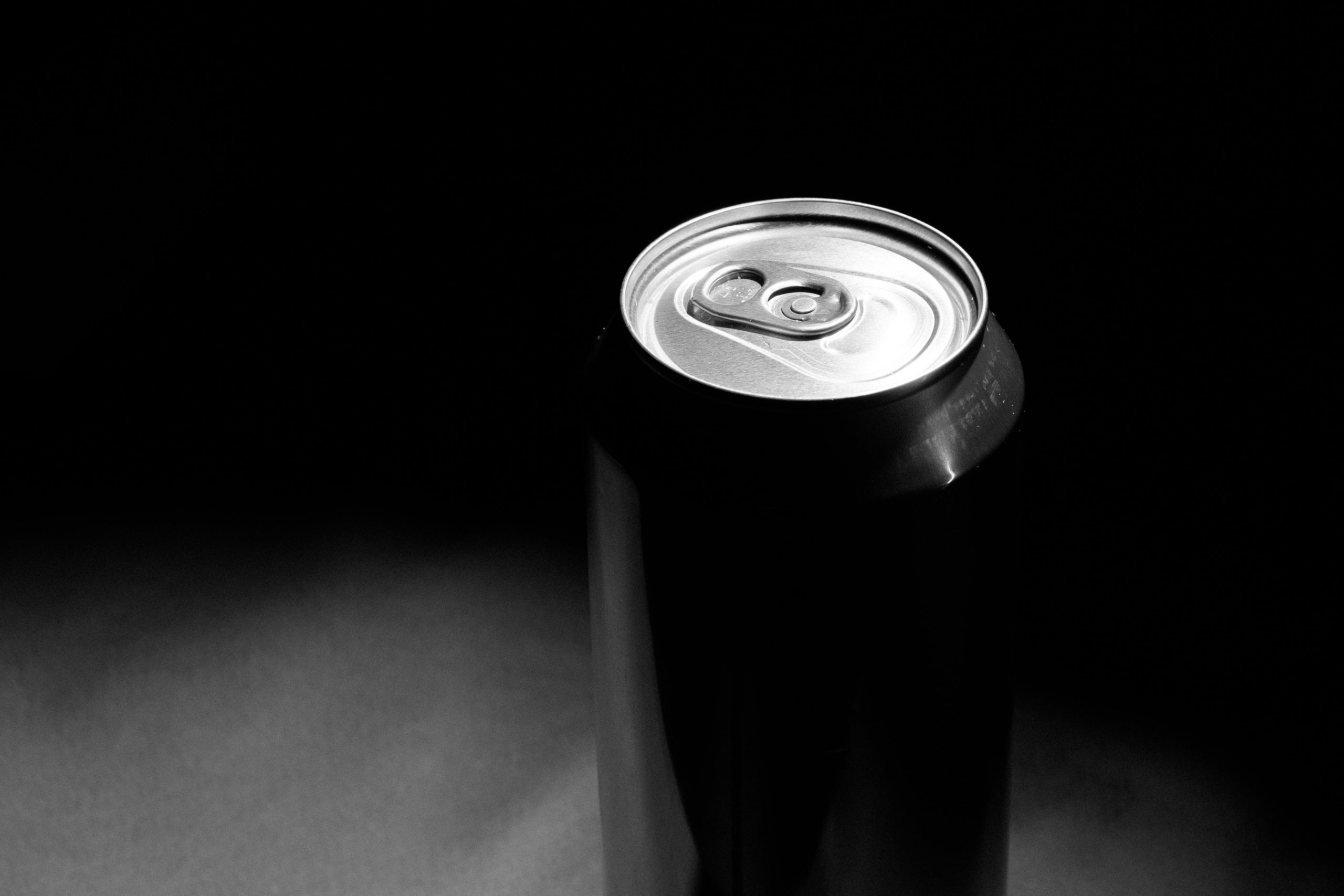Aluminum

Tariff talks define Alcoa's Q1
Written by Nicholas Bell
April 17, 2025
Quarter ending March 31, 2025 (in thousands except for % change)
| Production | Q1’25 | Q1’24 | Change |
| Aluminum production (metric tons) | 564 | 542 | +4% |
| Alumina production (metric tons) | 2,355 | 2,670 | -12% |
| Bauxite production (dry metric tons) | 9,500 | 10,100 | -6% |
| Deliveries | |||
| Aluminum shipments | 609 | 634 | -4% |
| Third-party alumina shipments | 2,105 | 2,397 | +12% |
| Third-party bauxite shipments | 3,000 | 1,000 | +200% |
Shipment timing and tariff talk define Alcoa’s Q1
Pittsburgh-based aluminum producer Alcoa kicked off earnings season, as far as the aluminum market participants are concerned, with a focus on positioning in the market.
Operational results painted a picture of a company that produced more aluminum but shipped less of it as a result of tariffs and timing mismatches.
Despite all of the developments since the first quarter of last year, and especially within the first three months of the current year, capacity ramp-ups and curtailments dictated the earnings picture.
Alcoa’s quarterly primary aluminum production grew by 4% year-over-year to 564,000 metric tons (mt), supported by capacity restarts at the company’s Warrick, Indiana, facility and a continued ramp-up of the Alumar smelter in Brazil. Alcoa brought a potline online at Warrick in early 2024, restoring about 6,500 tons of quarterly capacity.
Aluminum shipments told a different story, falling by an equivalent 4% to 609,000 mt in January-March 2025 from the prior year, which Alcoa attributed to “the absence of Ma’aden offtake volumes and timing of shipments” after selling its 25.1% stake in the joint venture in September.
Premiums undershoot expectations, tariffs bite
The company flagged pressure from Section 232 tariffs, which are expected to cost the company around $105 million – even with pass-through costs, the majority of which will show up in the second quarter.
Alcoa initially anticipated average quarterly Midwest premium of $880-890/mt (~40¢/lb), but the actual figure settled around $862/mt, according to the company. A company representative said they reached that figure by comparing the Jan. 31 price point of 24¢/lb as the pre-tariff delivery cost with the premium in the most recent week. Alcoa believes the full impact of tariffs on the Midwest premium has not been fully realized yet.
Upstream curtailments and catch-ups
Alumina production fell by 12% to 2.36 million mt in the most recent quarter from the year earlier period, largely owing to the full curtailment of Alcoa’s Kwinana refinery in Australia. Shipments declined in lockstep by the same percentage to a total 2.1 million mt.
That said, Alcoa’s total curtailment of the company’s Kwinana alumina refinery brought the remaining 1.8 million mt of the refinery’s 2.2 million mt of nameplate capacity offline, pointing to the idea that Alcoa’s other refineries in Australia and Brazil must have sharply upped capacity to make up the difference, even allowing for a 12% drop in production or shipments.
Bauxite back-up cleared after Alcoa’s Juruti mine jam in Brazil
Bauxite production dropped by 6% to 9.5 million dry metric tons (dmt) in the latest quarter from 2024, while bauxite deliveries rose by 200% to 3.0 million dmt. Deliveries were likely due to the resolution of a logistical issues stemming from the suspension of deliveries from the company’s Juruti mine late last year.
Aside from an adjustment to a depreciation expense, Alcoa didn’t adjust their 2025 outlook guidance, despite the macro noise. The full-year outlook was focused on operational metrics, which can often weather price fluctuations. If the first quarter had a theme of recalibration, the second quarter could be a narrative of rerouting.
Lingering uncertainty
The current political-economic backdrop of trade policy, tariff realignments, and shifting sourcing strategies leaves Alcoa and market watchers with more questions than answers. Another lingering question is whether the company is running at a 98.5% capacity utilization rate across their non-idled aluminum smelters.
That’s 2.645million mt of capacity – 359kt idled capacity = 2.286million mt / 4 quarters a year = 572kt….. 564kt of first quarter capacity / 572kt of existing quarterly capacity = 98.5% utilization
If so, that efficiency highlights a deeper supply issues, one that Alcoa pointed out in reference to tariffs on Canadian aluminum, “It takes many years to build a new smelter and at least five to six smelters would be required to address the US demand for primary aluminum.”
Nicholas Bell
Read more from Nicholas BellLatest in Aluminum

Wittbecker: What comes after ‘Liberation Day’?
A week after "Liberation Day," the global economy got a 90-day “stay of execution.” The Trump administration hit the pause button on many of its broad tariff measures, with the exception of China.

The Value Trap: USMCA compliance paradoxes
A counterintuitive aspect of the 25% tariffs on autos is these percentages are measured in value, not by weight or part count. That means a few costly imported parts can outweigh dozens of cheaper local ones – and vice versa.

Aluminum takeaways after ‘Liberation Day’
If you import aluminum products, here’s where things stand after President Trump's "Liberation Day."

Tariffs are easy to announce, but hard to track
Announcing tariffs is easy. Implementing them at the border? That’s a whole different ball game.
